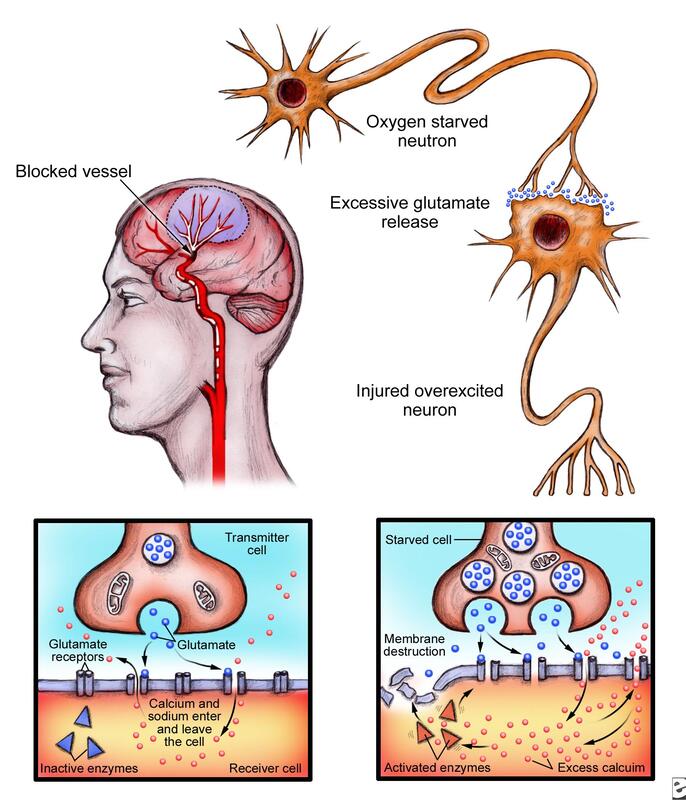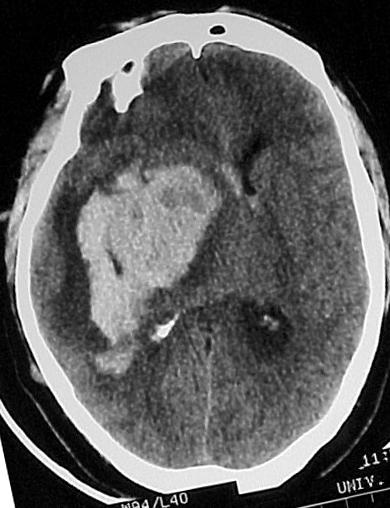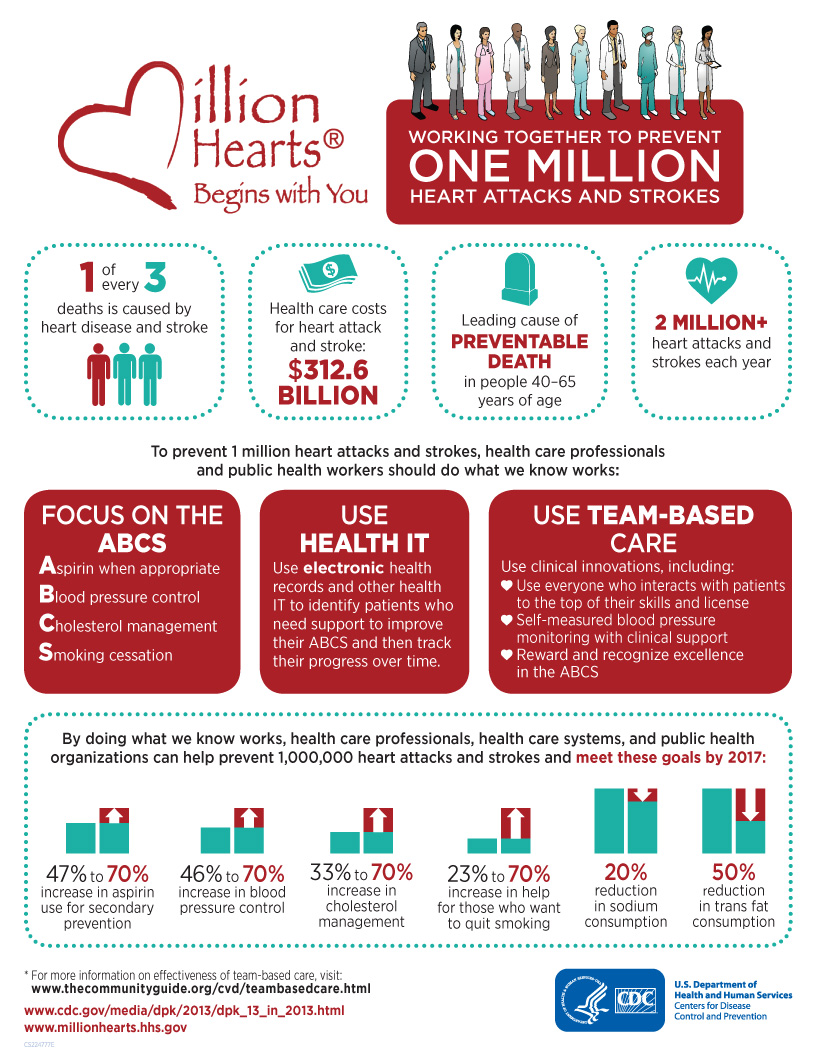
Life expectancy reduced by stroke, diabetes and heart attack combo
Having a history of diabetes, stroke or heart attack can lower life expectancy significantly, according to new research, while a combination of two or more of these conditions – defined as cardiometabolic multimorbidity – can reduce it even further.
Share on Pinterest
Researchers estimate that 40-year-olds with a history of diabetes, stroke and heart attack may experience a 23-year reduction in life expectancy. According to study co-author John Danesh, of the University of Cambridge in the UK, and colleagues, the prevalence of cardiometabolic multimorbidity is on the rise. It affects around 10 million adults within the US and the European Union (EU), they say.
Previous studies have established that a history of stroke, heart attack or diabetes alone can increase mortality risk. But Danesh and colleagues say few studies have looked at how a history of two or more of these conditions may impact life expectancy.
They note that to reach valid estimations of this, such studies need to compare individuals with cardiometabolic multimorbidity with those in the same cohorts who are free of such conditions at study baseline.
“However, few population cohorts have had sufficient power, detail and longevity to enable such comparisons,” they add. “We aimed to provide reliable estimates of the associations of cardiometabolic multimorbidity with mortality and reductions in life expectancy.”
The team analyzed data from the Emerging Rick Factors Collaboration, involving 689,300 participants from cohorts conducted between 1960 and 2007. This data were compared with that from the UK Biobank, involving 499,808 participants from cohorts conducted between 2006 and 2010.
Data from the Emerging Rick Factors Collaboration included 128,843 deaths, while data from the UK Biobank included 7,995 deaths.
The researchers used the data to estimate mortality rates among individuals with a history of either diabetes, heart attack or stroke, a history of two or more of these conditions or no history of any of these conditions.
Consequences and recovery after a second stroke
An acute condition caused by complete or partial cessation of blood flow in cerebral vessels, provoked by their occlusion or stenosis (ischemic stroke) or rupture of intracerebral arteries with subsequent bleeding from them into the cranial cavity (hemorrhagic stroke) is very dangerous and leads to the death of the patient much more often than myocardial infarction.
Patients who managed to recover safely after a stroke, however, retained the body's propensity to form blood clots, cholesterol plaques, uncontrolled rise in blood pressure. In addition, they usually have a history of other serious chronic pathologies - neurological, endocrinological, cardiovascular, renal, often in a fairly severe neglected form. Reserves of their body that can avoid recurrence of a stroke are very small. And patients who come out of a fight with a dangerous disease winners, sometimes make mistakes about their real capabilities, which leads to a recurrence of a vascular accident.
8/24/2020
8/24/2020
8/24/2020
8/24/2020
8/24/2020
8/24/2020
8/24/2020
8/24/2020
8/24/2020
8/24/2020
8/24/2020
8/24/2020
8/24/2020
8/24/2020





Umesh C. Bhargava, BS., B.Pharm., MS., Ph. D.*
Clinical Pharmacist, Analytical Chemist, Quality Control and Manufacturing Pharmacist, Pharmacologist, Extraction, Isolation, Identification, and Pharmacology of Ellagic Acid from Black Walnut, Research and Developed 100+ Pharmaceuticals.
Original ellagic acid research* from black walnut in 1968 showed many pharmacological effects in small animals such as anti-tumor, brain-protecting effect, analgesic, and tranquilizer like properties, antibacterial, anti-histaminic or anti-inflammatory effects, along with blood pressure-lowering action. Some of the experiments were so powerful that Ellagic acid prevented death almost 100% in mice from electroconvulsive shock and death from the acute release of histamine by strong histamine liberators similar to the prevention of mortality by acute anaphylactic like a shock.
Polyphenols are micronutrients with anti-prolific and antioxidant properties that can prevent prostate cancer, diabetes, and cardiovascular diseases. These health benefits were first discovered during the period 1977 - 1990 after the original ellagic acid (EA) research results were known as shown above. During this time, EA also became very popular on the internet as an anticancer compound. EA is found in many fruits, nuts, and vegetables, therefore easy to consume in vegan or vegetarian diets. Currently, there are more than 4000 publications & patents on ellagic acid supporting the above health benefits.





